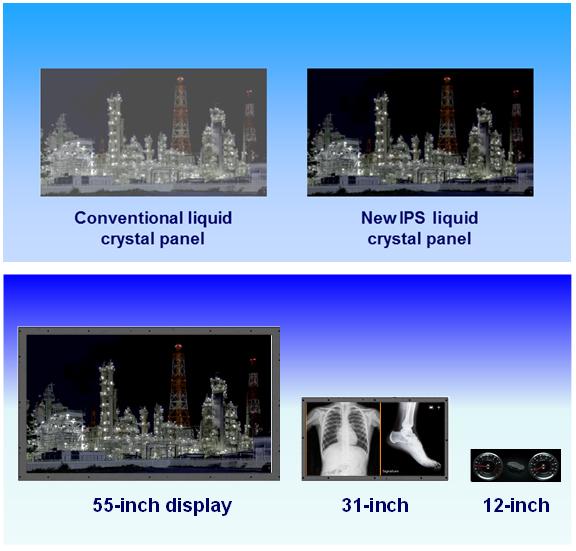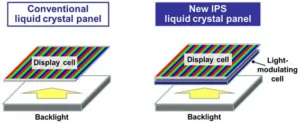Panasonic said that it has developed an IPS LCD panel concept with 1,000,000:1 contrast, using a second liquid crystal layer to modulate the light from the backlight. The company said that the modulation layer operates at the pixel level, avoiding the flare seen in techniques that use direct modulation of LED backlights and panels made using the technique can achieve maximum brightness of 1,000 cd/m² (and minimum brightness of 0.001 cd/m²).

The panels can be made on existing fabs such as the firm’s current G8.5 plant and are expected to see applications in professional broadcast monitors and medical monitors as well as automotive. The company said that special materials have been used that can resist degradation from the very bright backlights that are needed.
Panasonic said that it will start shipping samples of the panels in January 2017.
Analyst Comment
This is not a new idea. As long ago as 2005, we reported on LCDs with very high contrast from Sharp and although the company wouldn’t confirm it at the time, we always believed that the technology used was the same dual layer approach. Effectively, there is a multiplication effect from the 1,000:1 contrast and the 1000:1 from the backlight modulator, giving 1 million:1 overall. However, the extra layer (effectively an LCD without a colour filter) adds cost, depth and reduces the effective aperture ratio. As a result of the extra costs, it is only likely to be used in specialist applications in the short to medium term. (BR)

